Ayurveda Diet For Pitta
Jump To:
The elemental makeup of Pitta is water and fire. Pitta can be translated as “that which digests things”. Ayurveda says that this dosha is responsible for our ability mentally to digest our lives and biologically digest our food. Pitta is responsible for all our chemical and metabolic transformations. This article on Ayurveda diet for pitta will help you with everything you need to know to create a perfect diet for an imbalanced pitta body.
A classic ayurvedic text Charaka Samhita states that when pitta within an individual is balanced according to their prakruti and constitution their blood will be healthy, and their stomach acid secretions optimal for digestion. Balanced pitta is responsible for mental digestion, sound judgment, discernment, and other functions. Our ability to perceive what our body senses (sees and hears, smells, etc.). Pitta is the governing principle. It is responsible for the body’s ability to combust or digest the materials that bring warmth and color. This type of dosha governs the body’s ability to heat and absorb sunlight, as well as our mental ability to digest our thoughts and emotions. It is also governed by the Charaka.
Pitta Dosha Symptoms
Pitta Dosha is generally associated with the stomach, liver, skin, eyes, or brain. This type of Dosha can cause some or all of these symptoms:
- Excessive thirst, hunger
- Acidity
- Hot flushes for the body
- Skin rashes, acne, and boils
- Vomiting Bile (yellowish Water)
- Strong body odor
- Nausea
- Loose movements
- Anger, irritability
- Sensitivity to heat
Ayurvedic Diet For Pitta Dosha
These guidelines should be used as a guideline for a healthy diet that is balanced according to your dosha imbalance. These guidelines can be modified to meet your specific needs, as determined in your initial consultation. You should also consider seasonal changes, food allergies, or specific dosha imbalances. To balance Pitta’s liquid nature, include some dry foods and food that provides sustained nourishment and substance. Cool foods are also good to balance Pitta’s fiery qualities. What does this all mean? Here are some dietary tips.
1) Ghee is a good cooking medium to balance Pitta. Ghee is said to be cooling for the body and mind according to Ayurvedic texts. Ghee can also be heated at moderately high temperatures, without affecting its healing, and nourishing properties. However, it should not be allowed to smoke or burn. Instead, use ghee for sauteing vegetables, spices, and other foods. Even soups can be seasoned with 1/4 teaspoon of Ghee before serving.
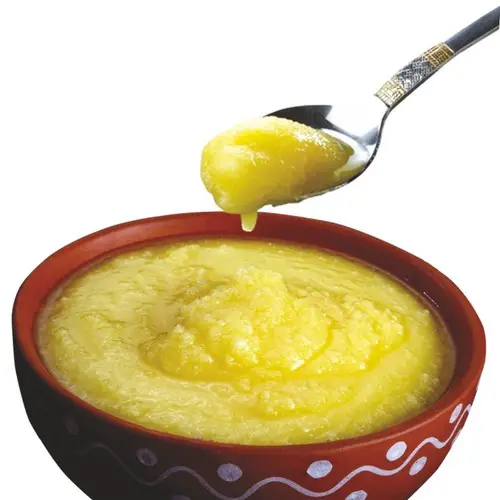
2) Cooling foods can balance Pitta dosha. A fiery Pitta can be quickly cooled by sweet, juicy fruits like pears. Sweet rice pudding, milk, sweet coconut juice, coconut, and coconut water are all soothing Pitta-pacifying foods. Milkshakes made with ripe mangoes, almonds, or dates are also good options.
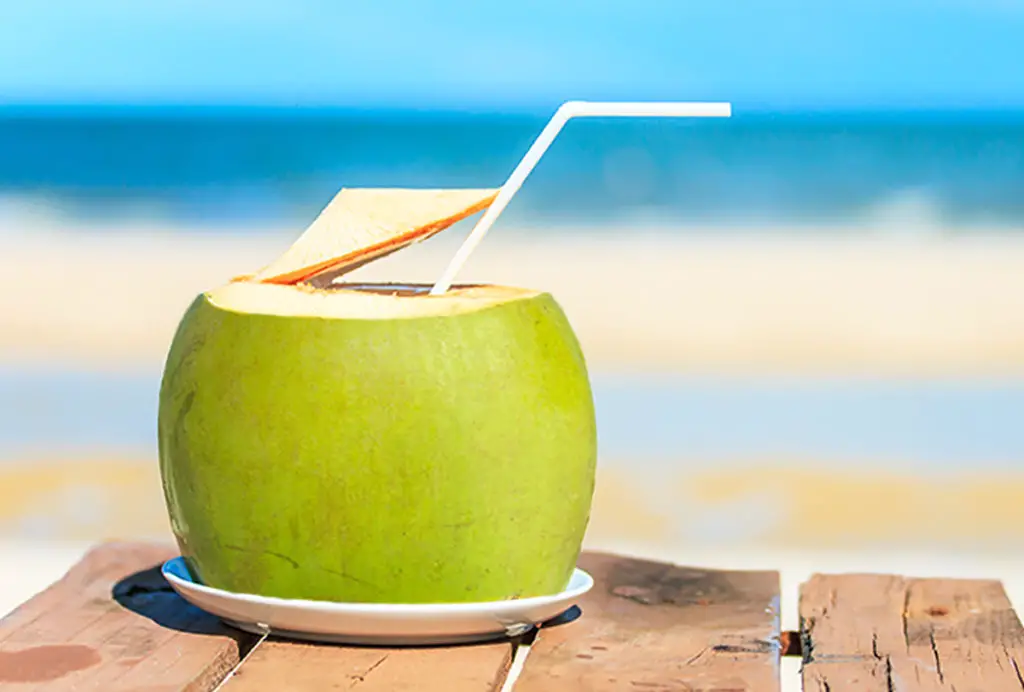
3) Ayurvedic flavors that balance Pitta include sweet, bitter, and astringent. Try to include more of these foods in your daily meals. You can snack on milk, fully ripe sweet fruits, and soaked or blanched almonds. Reduce the amount of salty, pungent, and sour tastes.
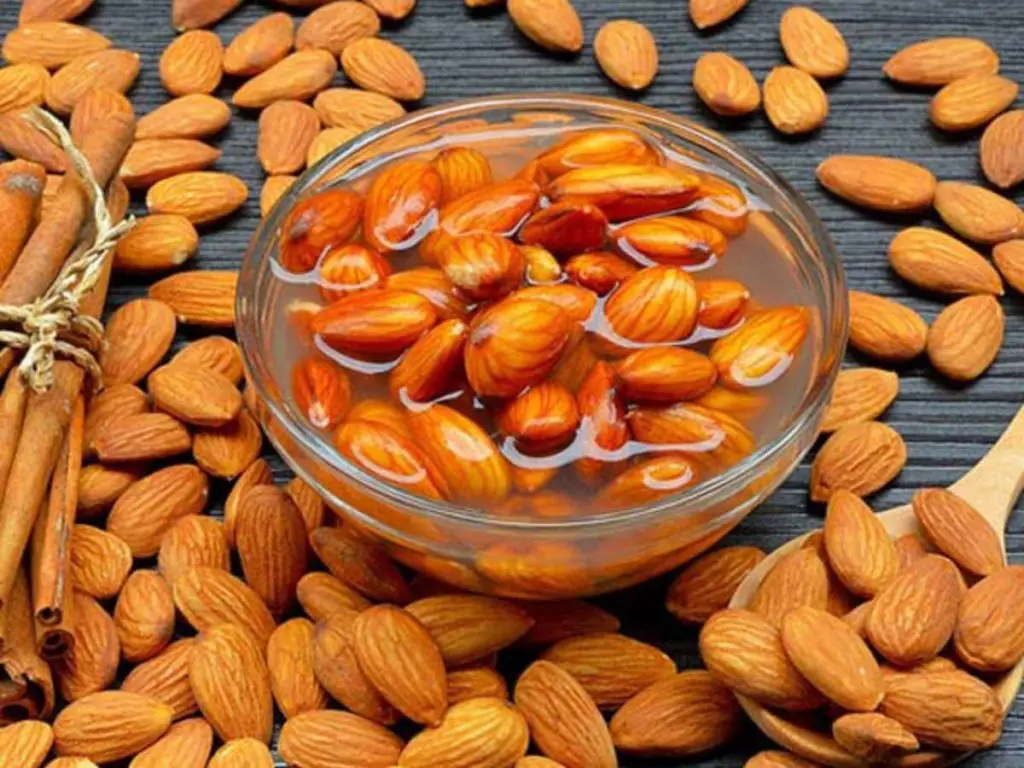
4) Rice cakes, crackers, cereal bars, and granola balance Pitta dosha’s liquid nature. They can be consumed whenever hunger pangs occur during the day. Good vegetable options include carrots, asparagus, bitter leafy vegetables like broccoli, cauliflower, green beans, bitter gourd, and green beans. When chopped and cooked in Pitta-satisfying spice, they become easier to digest.
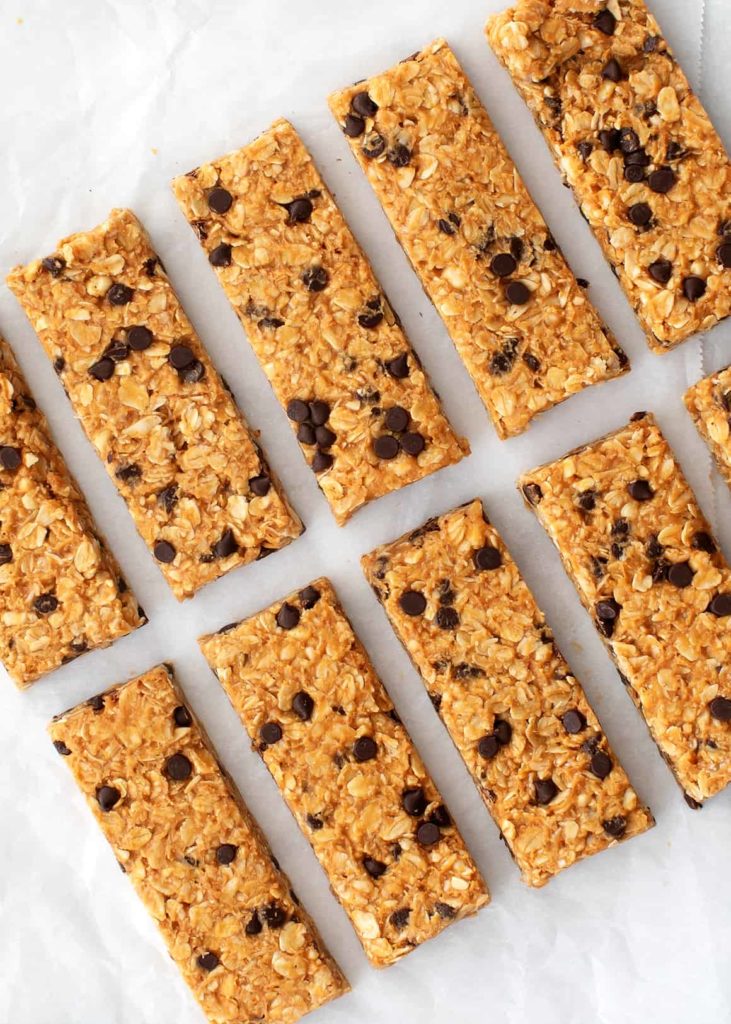
5) For satisfying one-dish meals, vegetables can be combined with grains and mung beans. Avoid nightshades and use vegetables sparingly. Nightshades include tomato, white potato, and eggplant.
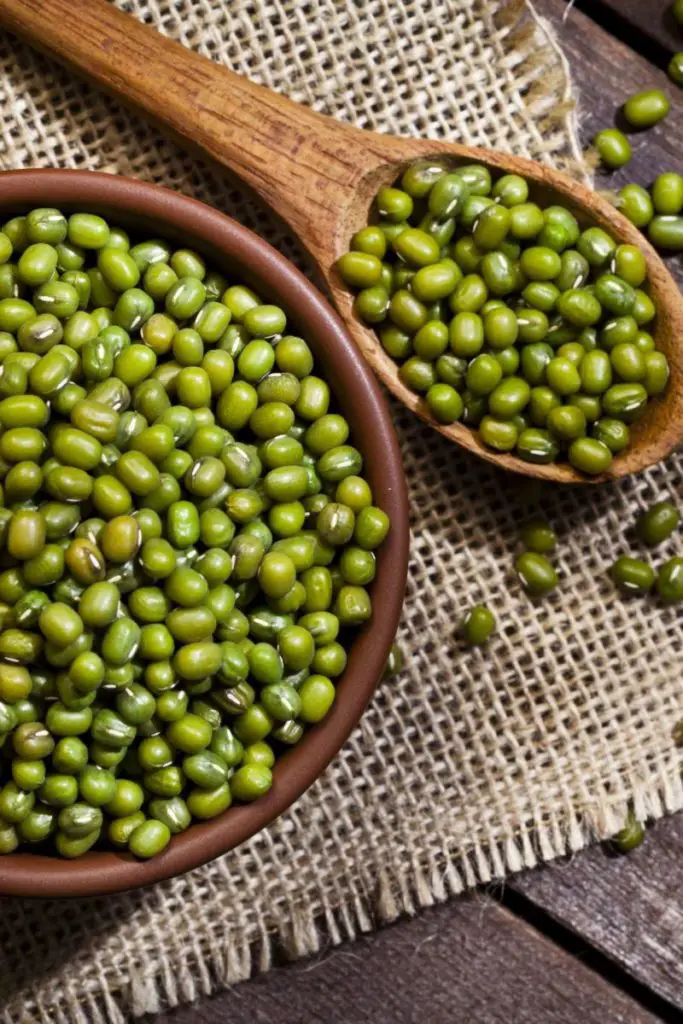
6) Basmati rice is great for balancing Pitta. You can also eat wheat-fresh flatbreads made from whole wheat flour (called chapatti flour or atta flour and sold at Indian grocery shops) that go well with cooked vegetables or Pitta-balancing condiments like coriander, mint, or green chutney. Other Pitta-balancing grains include amaranth and oats.
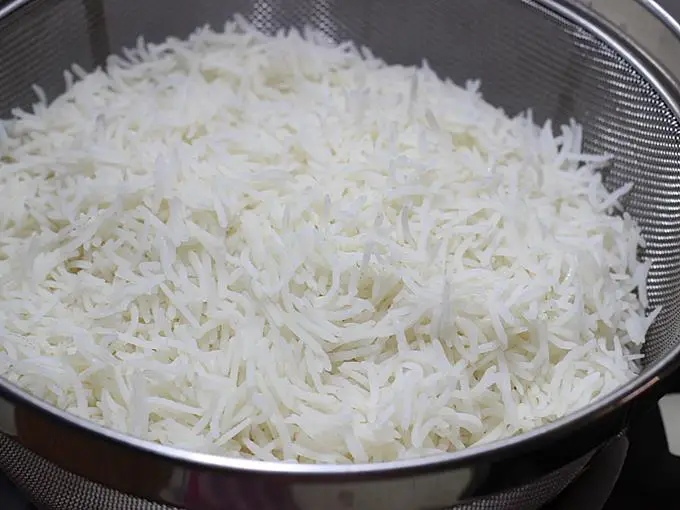
7) Use spices that aren’t too hot or pungent. Ayurvedic spices like cumin, coriander, and cinnamon in small amounts (1/8 teaspoon), cardamom, cinnamon, cloves, and cardamom offer flavor, aroma, and healing wisdom.
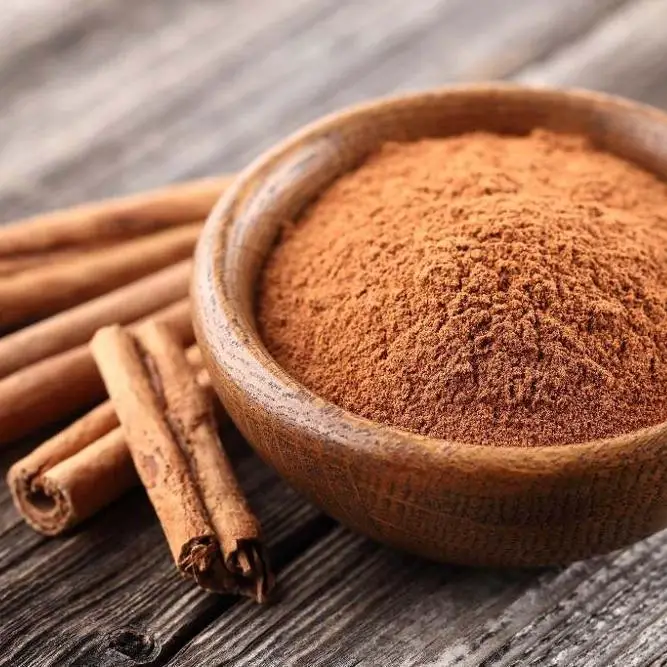
8) Sweet lassi is a homemade yogurt beverage. Mix 1 cup yogurt with 2 cups cool water. Add maple syrup or raw honey to sweeten. Drink it with lunch to enhance digestion.
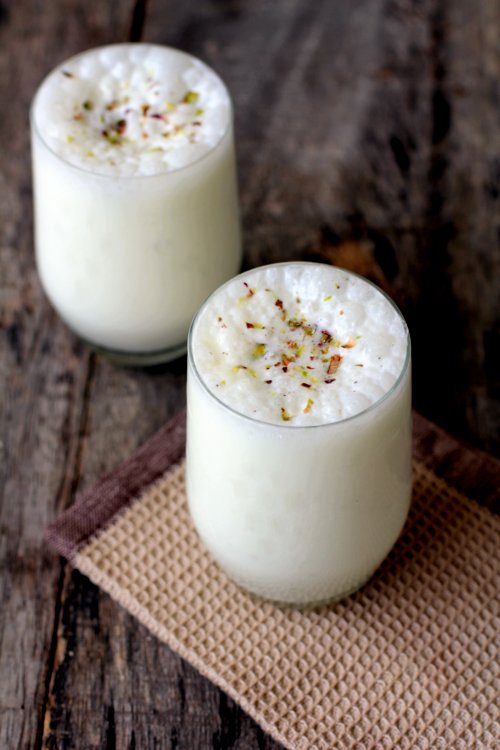
Pitta Dosha Recipes
Bitter-Sweet Pitta Salad
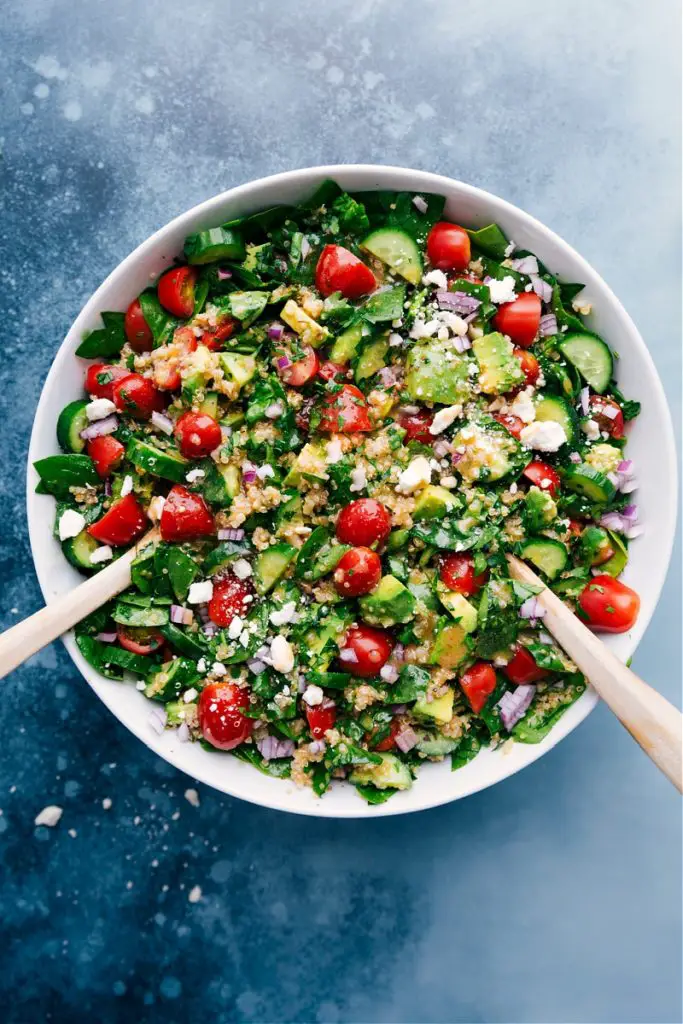
- 1 cup red or White Quinoa
- 2 cups of water
- 1 large lemon
- 1/4 teaspoon (1 tsp. Ground coriander
- 1/4 tsp. ground cumin
- 1/4 tsp. sweet paprika
- 2 medium-firm-ripe butter fruits, peeled and cut into halves
- Freshly ground black pepper
- Salt to your taste
Procedure For Bitter Sweet Salad
- Use cold water to rinse the quinoa.
- In a rice cooker, heat the water and cook the quinoa until it is fluffy. Strain the mixture and allow it to cool.
- Add the butter fruit to the cut sideways and squeeze the lemon over it.
- Mix all spices and salt according to your taste.
- Serve the salad.
Khichdi (Rice-And-Lentil Mix)
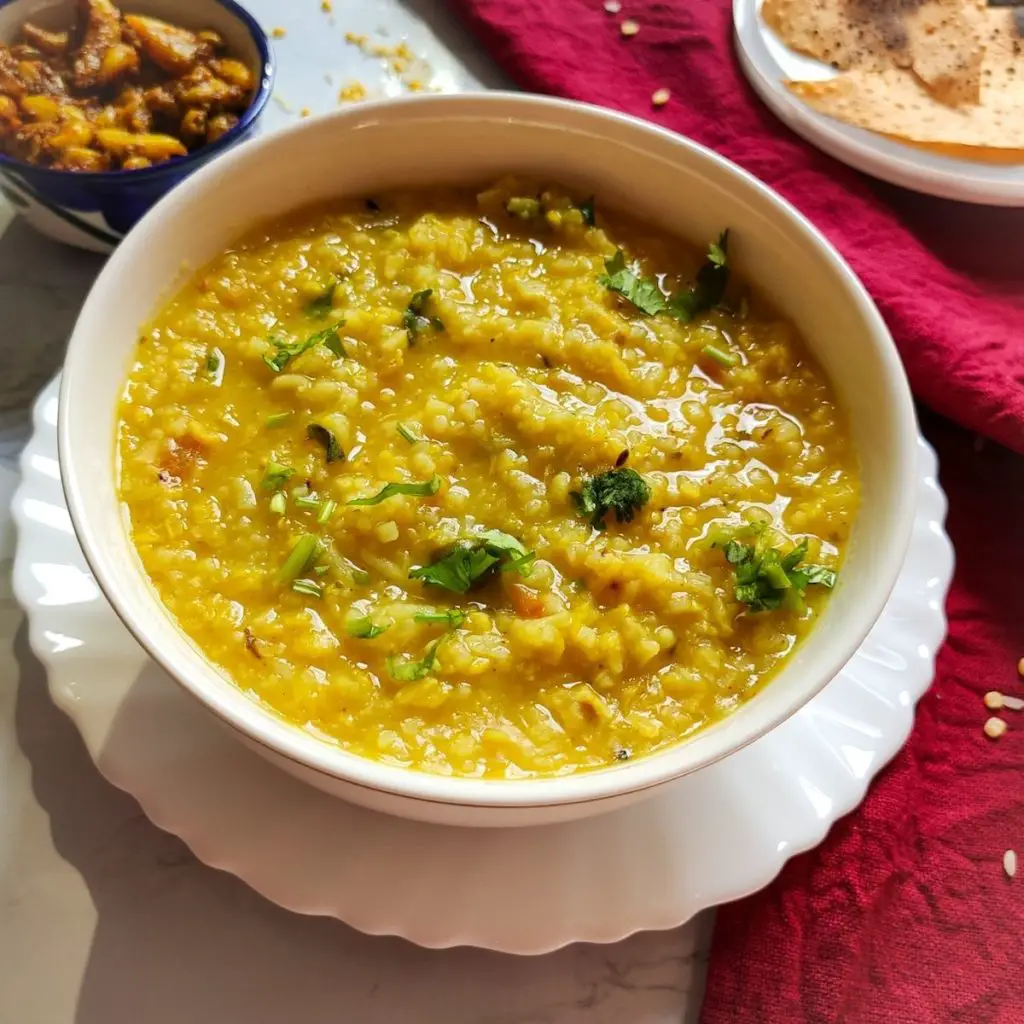
- 3/4 cup unpolished jasmine or white rice
- 1/2 cup split moong dal (green gram lentils)
- Use for sauteing or garnish
- 1 tsp. cumin
- 1/4 tsp. turmeric
- 2 tsp. coriander
- 1 tsp. 1 tsp. cinnamon
- Few curry leaves
- Black pepper
- Rock salt
- Ghee
Recipe For A Perfect Bowl Of Khichdi
- Add 3x as much water to one cup of rice or moong and heat on low heat.
- If necessary, you can add more water to the cooking process.
- Salt and saute to your liking.
- Add ghee.
Warm Pumpkin Soup
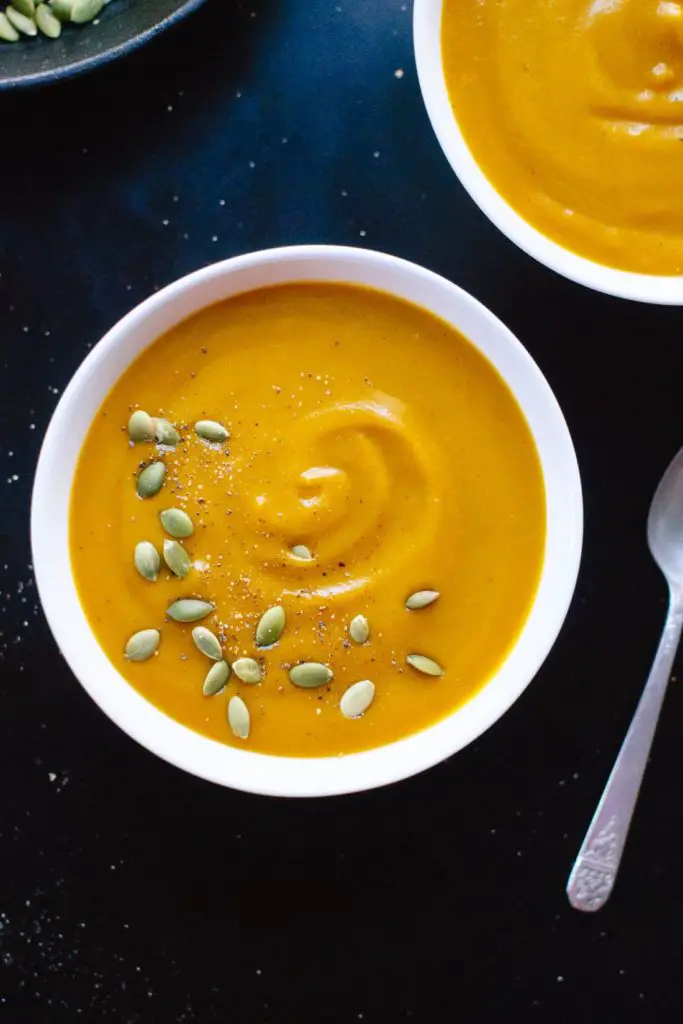
- 1 cup finely-diced white pumpkin
- 1/4 cup moong dal (green gram)
- Fresh ginger, grated to 1/2 inch
- 1/4 teaspoon ground cumin
- 1/4 teaspoon turmeric
- 1 cup of thinly cut green beans
- 1/4 teaspoon ground black pepper
- 1/4 teaspoon ground coriander
- Fresh herbs like rosemary, mint, or parsley can be used to enhance the flavor
Recipe For Warm Pumpkin Soup
- Boil the white pumpkin, beans, and water. You can cook the beans separately, as they take longer to cook.
- Add the moong dal to the vegetables.
- Add the spices and herbs.
- Mix the ingredients with a fork and heat.
Boiled Green Beans with Turmeric and Ginger
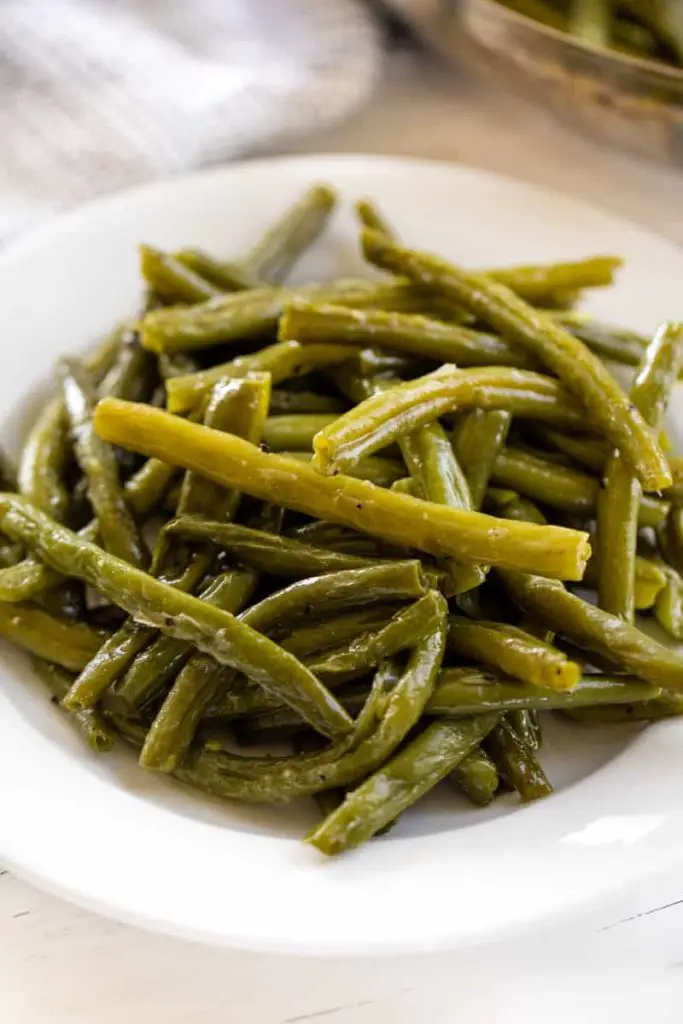
- 3 cups of green beans, cut into 1/2-inch pieces
- 1/2 cup water
- 2 tablespoons (1 tbsp.
- 2 tablespoons (tbsp.) ghee
- A pinch of hing, or asafetida
- 2 tbsp. fresh ginger, minced
- 1/2 tsp. Mustard seeds
- 1 tsp. turmeric
- Salt to your taste
- Lemon juice
Procedure For Boiled Green Beans
- Boil the green beans in water. Stir in a pinch of salt.
- Let the beans cool down before turning off the flame.
- Add the spices to the ghee. After the mustard seeds have popped, add the turmeric powder.
- Also, add ginger. Transfer the contents of the container to the beans once a warm smell fills the space.
- Mix all ingredients and adjust the salt according to your preference.
- Add some lemon juice to it and toss.
Sweet Rice Porridge With Milk
- 1/2 cup of raw red rice
- 4 cups milk
- 1 tsp. cashew nuts
- 1 tsp. raisins
- 3 green cardamoms
- 1 tsp. brown sugar or candy sugar
Recipe For Sweet Rice Porridge
- Soak the red rice in the water for two hours.
- Boil the milk with the rice and drain the water.
- Add the sugar once the mixture has thickened.
- Sauté the cashews until golden brown in ghee. Add the raisins to the mixture and then saute.
- These should be added to the mixture.
- Serve hot
What foods should Pitta avoid?
Foods to avoid for Pitta Dosha Apricots, avocado, pungent or sour vegetables like onion, tomatoes, hot peppers, carrots, beets, eggplant or raw leeks, soy sauce, salted butter, eggs, seafood, sour cream, beef, dark chicken, chili pepper, red or sweet wine, and chocolate.
What foods are good for Pitta?
Favour sweet, bitter and astringent tastes which are cooling and refreshing- such as fresh fruits and vegetables, rice, quinoa, spelt, barley, oats, milk, butter, ghee, foods rich in the bitter tastes include green, leafy vegetables, rhubarb and rocket.
What is the fastest way to cure Pitta?
Ghee prepared from cow’s milk is an excellent home remedy to reduce Pitta and body heat. Kalyanaka Ghritham is a medicated ghee that has herbs like Pomegranate, Triphala, and Indian madder that helps reduce Pitta. Jeera or cumin seeds can be put in lukewarm water. This can be taken after lunch to reduce Pitta.
How can I remove my pitta permanently?
Diet to Reduce Pitta Choose sweet, juicy fruits like melons, plums, and peaches. Include vegetables that are bitter and astringent such as collards, kale, and asparagus. Add digestive spices to your food such as cumin, coriander, fennel, and turmeric. Limit hot, spicy, fermented, salty, oily, fried foods.
Is Dahi good for pitta?
Curd prepared from buffalo milk takes a long time for digestion. Increases Kapha and calms Vata and Pitta. It is a natural aphrodisiac.
Is banana good for pitta?
Dried fruits are typically also acceptable, but are best in small quantities, so as not to further accelerate pitta’s tendency toward rapid digestion. Fruits to avoid are those that are exceptionally heating or sour (like bananas, cranberries, and green grapes).
Is lemon good for pitta?
Lemon is also called Nimbuka and Jambira in Ayurveda. Lemon balances all the three doshas – Vata, Pitta, and Kapha. This citrus fruit is a great digestive and laxative. Also, its saliva-stimulating properties make it a potent remedy for many disorders.
What should I drink for pitta?
Pitta is pacified by sweet, bitter, and astringent tastes, which can come from both sweet fruit juice and green drinks (leafy greens, celery, spirulina, chlorella). Coconut water is also great, as it has a natural cooling effect.
What are the symptoms of high pitta?
Know The Signs of Imbalance Red skin or irritated rosacea. Burning, bloodshot eyes. Indigestion, heartburn, or acid reflux. Loose stools or diarrhea. Inflammation. Painful menstrual cramps.
Does Amla reduce pitta?
Rich in vitamin C, Amla reduces the aggravated Tridosh in our body. The sourness of Amla decreases the excess of Vata dosha, the coldness and soothing effect reduces the Pitta dosha and the rough or sharp nature mitigates the Kapha dosh in the body.
Is jaggery good for pitta dosha?
Unrefined jaggery on the other hand balances vata and pitta doshas besides serving as a natural blood purifier, boosting strength and works as an aphrodisiac. Dhauta guda or washed jaggery flushes out toxins and balances pitta doshas.
Is milk good for pitta dosha?
Ayurveda recommends daily consumption of milk for all healthy individuals and for all ages, it pacifies vata and pitta dosha and increases kapha dosha.
What are pitta diseases?
Similarly, individuals of pitta constitution are susceptible to gallbladder, bile and liver disorders, acidity, stomach ulcers, etc. Pitta types also suffer from skin disorders such as hives and rash. Vata people are very susceptible to gas, lower back pain, arthritis, sciatica, paralysis, and nerve pain.
Is pitta and acidity same?
Imbalance in Pitta can cause acidity. In Ayurveda, this is referred to as Amla Pitta. Ayurveda believes that Pitta imbalance happens because of stress, improper diet, not taking food on time, sleep deficit, lack of exercise, and overindulgence in fatty and oily foods.
Is Cumin good for pitta dosha?
Cumin is hot in nature, so also Pitta Dosha. Hence, you need to take it with coolant and that balances Pitta powerfully. For this purpose, Cumin is fried with ghee or coconut oil for Pitta.
